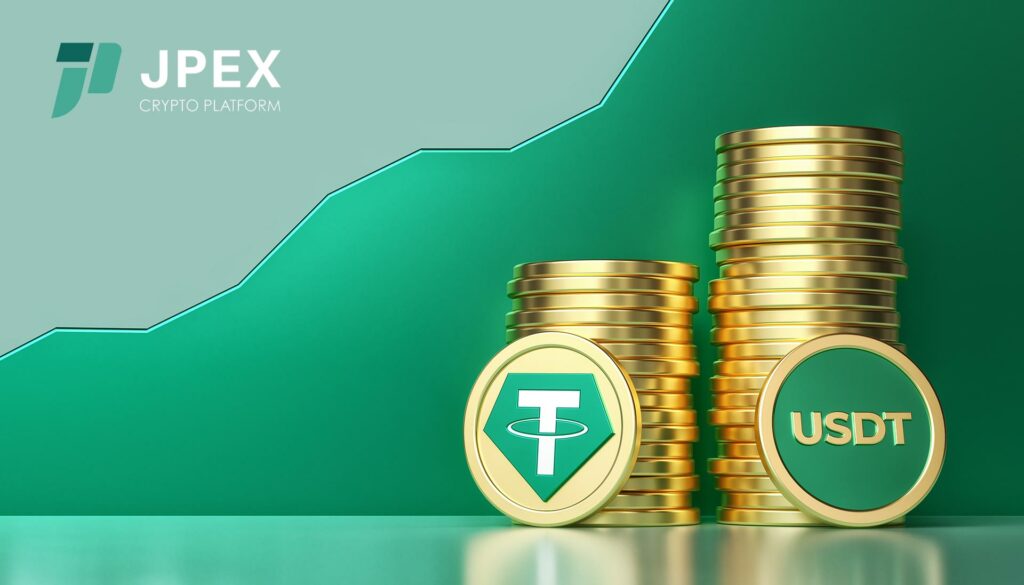Join Our Telegram channel to stay up to date on breaking news coverage
In a move aimed at diversifying its holdings and reducing exposure to traditional banking institutions, Tether Holdings Ltd. announced a significant increase in its Treasury-bill holdings while cutting its ties with several banks.
Tether, known for its stablecoin USDT, pegged to the U.S. dollar, has been actively managing its reserves to maintain stability and mitigate risks.
These coins primarily serve as segregated collateral for maintaining huge reserves.
Tether Holding Ltd. Diversifies Treasury-Bill Holdings
The latest decision involves a shift towards increasing investments in Treasury bills, which are short-term debt securities issued by the U.S. government.
According to a recent report on YouTube, Tether Holdings Ltd. has just increased its Treasury bill to $53 billion.
As of March 31, the company’s USDT token had approximately $81.8 billion backing on it. A third-party attestation revealed that around $69.3 billion, or 85% of the figure, was held in cash equivalents.
BDO Italia’s filing on May 10 also points out that Tether Holdings Ltd stored over three-quarters of the USDT cash equivalents in short-dated Treasuries.
This resulted in a notable surge in its bills in the previous quarter. The company’s cash reserves saw a whopping 71% increase.
In the meantime, Tether can boast $2.8 billion of net earnings with a three-month bill rate of 5.23%.
Tether’s USDT coin has gained fame across several digital currency companies and stablecoin issuers globally.
Most of these firms seek to partake in the growing yields of the coin, particularly from conventional financial markets like bonds.
Why Third-Party Attestations Also Matter
Third-party attestations play a crucial role in finance, enhancing transparency, credibility, and trust between different entities.
In the financial context, a third-party attestation involves an independent party examining and validating certain financial information, processes, or controls to provide an objective assessment.
Regulators have taken a more difficult stance on virtual assets over the past few years. Even stablecoins have come under high scrutiny within this period as regulators’ concern about operators’ reserve liquidity grew stronger.
They wonder whether or not they can stand the test of the market pressure with mass redemption requests.
In an interview, Tether’s chief technology officer, Paolo Ardoino, stated that the company’s goal is to display how much money they have raised. Also, all their earnings and profits will be kept in the company.
As such, the third-party attestation is also a welcome development as it is evidence of Tethers stablecoin reserve makeup.
However, there are some differences between third-party attestations and financial audits. One of the major differences is that third-party attestations are only based on a snapshot in time. Having full access to a company’s books with them is impossible.
Demand for USDT
The demand for USDT has been high over the past few months. This achievement came when the coin’s rival, USDC from Circle Internet Financial Ltd., declined due to the collapses of major banks, including Silvergate Capital, Silicon Valley Bank, and Signature Bank.
The occurrence has put Tether ahead in gaining market value, recovering most of the losses, even in the wake of the fallout of TerraUSD (USTC).
But in the meantime, Tether USDT’s circulation has declined below the $83.4 billion level it achieved on May 10 by $700 million, implying a reduction in its Reserve backing.
This information came from a popular data resource platform, CoinGecko.
Tether’s Other Investments
Notably, the quarter-on-quarter reserves of Tether held in money-market funds stayed mostly the same as it still holds at $7.5 billion, according to the attestation.
However, within this period, there was a significant decline in its holdings from $5.3 billion to $481.9 million in bank deposits and cash.
The cash and deposit holdings fall resulted from the company’s move to leverage the reverse repo market and dependence on bank deposits. Based on the company’s statement, this accounted for about $8.3 billion of its assets.
The statement also revealed the company’s other investments held in Bitcoin, worth roughly $1.5 billion. The firm has also been involved in loaning its reserves to non-affiliated entities.
The statement noted that it lasted about 6.5% of its reserves to such entities, even though it promised to wind down on such a practice this year. Notably, Tether also loaned its assets to a renowned bankruptcy digital currency lender, Celsius, in 2022.
Furthermore, Tether also made it clear in the attestation that its net profit in the first quarter was $1.5 billion. This figure negates Ardoino’s (Tether’s CTO) forecasted $700 million toward the end of March 2023.
The attestation, however, did not reveal its profits figures. Also, there was no immediate response from Tether’s spokesman regarding how the company managed to accrue such gains within the period.
Tether Financial Audit Briefing
Tether noted that it would take additional steps to get a full financial audit by publishing monthly filings in August. According to Tether’s CTO, this move aims to help the firm stay on a monthly schedule by the end of the year.
He believes the next quarter will be profitable for the company. Ardoino also revealed the firm’s plan to hire more team members to oversee its stablecoin. In the meantime, there are approximately 60 employees available.
Generally, a financial audit systematically examines and verifies an organization’s financial records, statements, and transactions, such as Tether’s financial records. A qualified and independent auditor often performs these actions.
The primary purpose of a financial audit is to assess the accuracy, completeness, and reliability of the financial information presented by an organization.
It involves reviewing financial statements, supporting documents, accounting records, internal controls, and other relevant data to determine if they comply with applicable accounting standards, laws, and regulations.
The audit process typically includes testing transactions, reconciling balances, confirming assets and liabilities, assessing internal controls, and issuing an audit report that provides an opinion on the fairness and accuracy of the financial statements.
Typically, this form of audit helps assure stakeholders, such as investors and regulators, regarding an organization’s financial health, transparency, and accountability.
According to the CTO, there’s no timeline set for achieving the full audit at the moment.
Join Our Telegram channel to stay up to date on breaking news coverage


